Runner beans are considered a spectacular addition to any garden, famous for their vibrant flowers and rewarding harvests. These climbing vegetables not only increase the visual appeal of a space but also produce tasty and nutritious beans. Adaptable to various gardening environments, runner beans can thrive in small containers on urban balconies as well as in expansive plots in rural gardens. By following these insights, gardeners can learn How to Grow Runner Beans and maximize both the visual and edible rewards of growing runner beans, creating a productive garden space that offers both beauty and bounty.
This guide aims to navigate you through every step of the process—from selecting the best varieties and understanding the ideal conditions for planting to the care required to nurture these plants and the techniques for harvesting their pods. We will start by exploring the different varieties of runner beans available, providing guidance on how to select seeds that will ensure a robust start to your gardening project.
How to Grow Runner Beans
Overview of Runner Beans Varieties to Grow
The first step in successfully growing runner beans is selecting a suitable variety. Each variety offers unique benefits and suits different garden settings and visual preferences. For example, the ‘Scarlet Emperor’ boasts striking red flowers and vigorous growth, making it a popular choice for its visual appeal and high yield. ‘Painted Lady,’ known for its beautiful red and white flowers, offers a delightful sight, robustness, and abundant production.
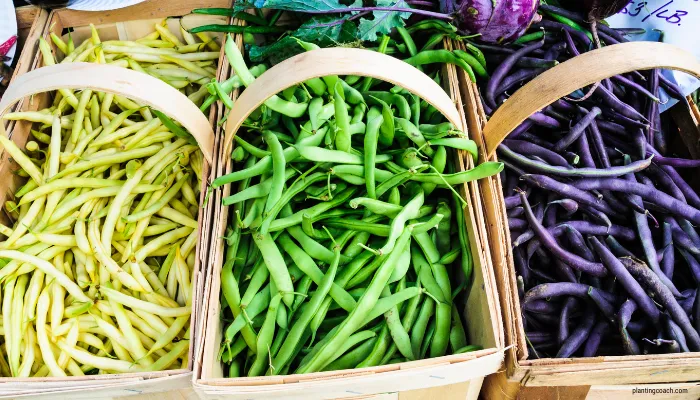
For those preferring a gentler color palette, the ‘White Lady’ provides creamy white blossoms and produces a sweeter-tasting bean. When choosing a variety, consider the climate conditions of your area, the space available for planting, and the visual impact you desire. It’s also important to consider the growth habits of the variety, as some may require more space or specific support structures. Understanding these factors will help you select the best variety for your garden’s conditions and visual appearance goals.
Choosing Runner Bean Seeds
The success of your runner bean crop begins with the quality of the seeds you plant. It is essential to choose seeds from reputable suppliers to ensure strong germination rates and healthy plant development. Runner bean seeds are larger than many other seeds, which makes them easier to handle and ideal for direct sowing into prepared soil beds or containers. To test the viability of seeds, soak them in water overnight; those that swell and soften are ready to plant and likely to germinate successfully.
Early in the season is the best time to purchase seeds to ensure a wide selection, especially if you are looking for specific features such as organic certification or resistance to particular pests or diseases. Properly selecting and preparing your seeds can make a significant difference in the ease of planting and the success of your growing season.
Preparing to Plant Your Runner Beans
When to Plant Runner Beans
The optimal time to plant runner beans is critical for ensuring their healthy growth and maximum productivity. Generally, runner beans are sown after the last frost of the spring when the soil has warmed up. This is typically in late spring or early summer, depending on local climate conditions.
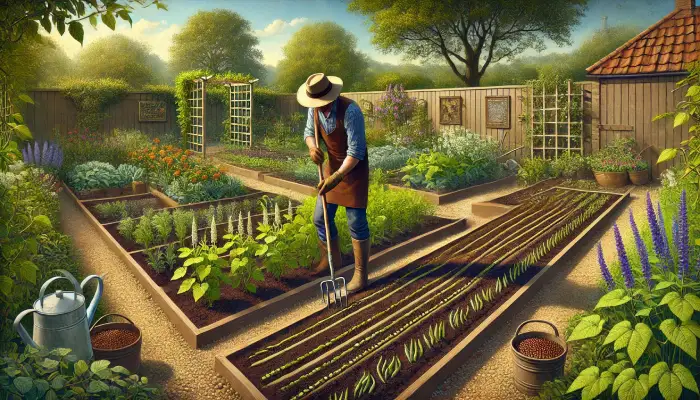
For gardeners who wish to start their plants earlier, sowing indoors in peat pots can provide a controlled environment for the seedlings. This method protects them from any unexpected late frosts and allows for a head start on the growing season. Once the outdoor temperatures are consistently between 15°C and 20°C (59°F to 68°F), the seedlings can be safely transplanted outdoors. Proper timing can aid in avoiding frost damage and ensure the plants have adequate warmth for vigorous growth.
Runner Beans in Pots vs. Raised Beds
Deciding whether to grow runner beans in pots or raised beds can significantly affect their growth and health. Containers offer flexibility for those with limited space or less-than-ideal soil conditions, allowing plants to be placed in optimal sunlight. However, container-grown plants often require more attentive care, particularly in watering and feeding, as the soil in pots can dry out rapidly and may lack sufficient nutrients.
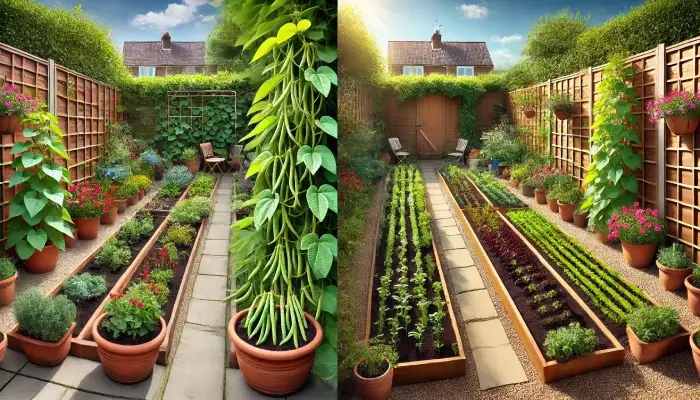
Raised beds, conversely, provide excellent soil conditions due to improved drainage and reduced soil compaction, which helps prevent many common plant diseases. They also make managing weeds and harvesting easier. Regardless of the choice between pots and raised beds, strong support structures such as trellises are essential. These structures support the natural climbing tendency of runner beans, promoting better air circulation around the plants and facilitating easier harvesting.
Caring for Your Runner Beans
Runner Beans Growing Stages
Understanding the growth stages of runner beans is essential for providing appropriate care at each phase of development. Runner beans have a distinct life cycle that begins with germination, followed by the growth of the first leaves, flowering, and finally, pod formation. After planting, the seeds will germinate within 7 to 14 days under optimal conditions. The seedlings quickly develop a set of true leaves, which are crucial for photosynthesis. As the plants mature, they will start to climb and require stable support.
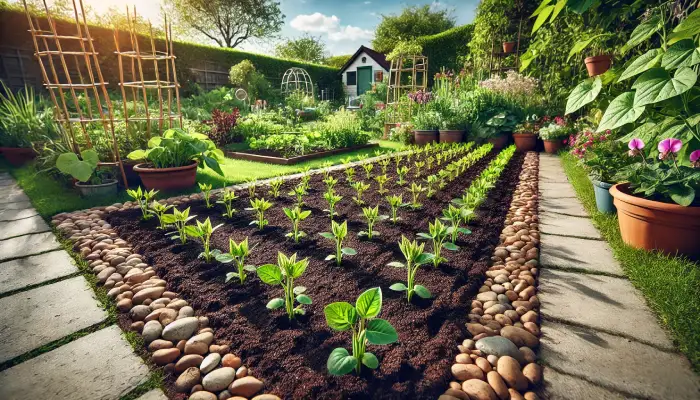
Flowering typically occurs around six to eight weeks after planting, with the flowers being pollinated to produce pods. During each of these stages, the plants’ needs for water, nutrients, and support will change. For example, during the flowering and pod formation stages, runner beans require a good amount of water to encourage healthy pod development. Monitoring and understanding these stages will help you serve the plant’s needs effectively and ensure a robust yield.
How to Care for Runner Beans
Caring for runner beans involves regular maintenance to ensure they thrive and produce a good yield. Watering is crucial, especially as the plants grow larger during dry spells. Runner beans prefer moist, well-drained soil, so watering deeply at least once a week and more frequently during hot weather is important. Mulching around the base of the plants can help retain soil moisture and suppress weeds. Feeding the plants with a high-potash fertilizer once flowers appear will promote better pod development.
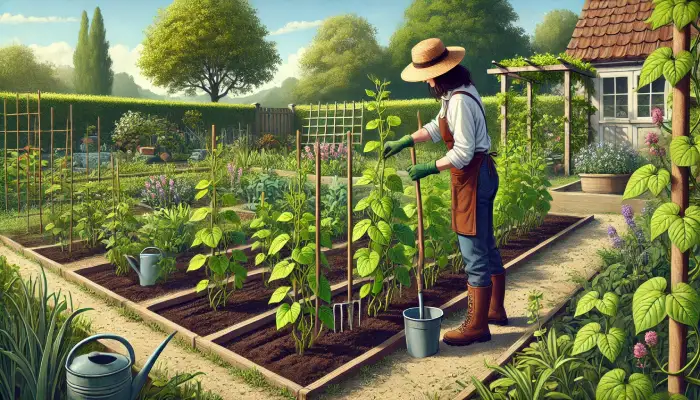
Regular checking for pests such as aphids and spider mites and diseases like bean rust and blackfly is also necessary. If pests or diseases are detected, treat the plants with appropriate organic pesticides or fungicides. Additionally, as the plants climb, ensure that their supports are secure and adjust them as needed to accommodate growth. This proactive care and maintenance will maximize the health and productivity of your runner beans.
Runner Beans Companion Plants
Planting companion plants around runner beans can improve the overall health and efficiency of your garden. Companion planting is a natural way to accelerate plant growth and deter pests. Good companions for runner beans include marigolds, which repel bean beetles and other pests with their strong scent. Nasturtiums, another excellent companion, attract aphids away from the beans and can also lure pollinators to the garden.

Herbs such as rosemary and sage deter bean beetles and provide valuable harvests themselves. Additionally, planting carrots or radishes can help break up the soil, making it easier for the deep roots of runner beans to grow. This strategy not only fosters a diverse and resilient garden ecosystem but also makes efficient use of space and resources by bringing plants together that benefit each other.
The Harvesting Stage
Harvesting Runner Beans
Harvesting runner beans at the right time is crucial for enjoying them at their best. Pods should be picked when young and tender, before the seeds inside become too noticeable and the pods become fibrous. This typically occurs when the pods are about 6 to 8 inches long. Regular harvesting, ideally every 2-3 days, encourages the plants to produce more flowers and pods, extending the harvesting season. Use a gentle hand to avoid damaging the plant and the vine.
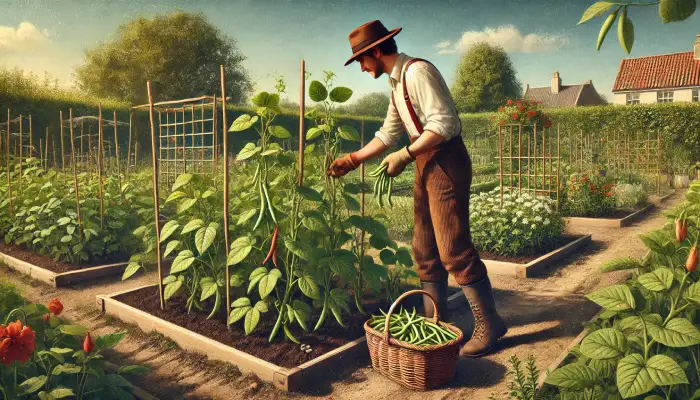
Fresh runner beans are perfect for cooking and can also be blanched and frozen for later use. A consistent harvesting schedule ensures a steady supply of beans throughout the growing season.
Runner Beans Common Problems
Even with the best care, runner beans can encounter common problems that affect their growth and yield. Pests such as aphids, red spider mites, and bean weevils can attack plants, while diseases like bean rust and mosaic virus may also pose threats. Regular monitoring of the plants for signs of distress is crucial. Yellowing leaves, stunted growth, or spotted and wilting leaves can indicate issues that need to be addressed as soon as possible.
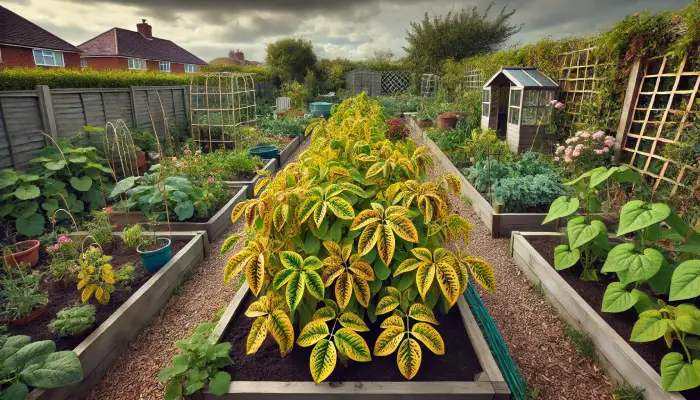
Implementing integrated pest management strategies, such as using natural predators like ladybugs for aphids or neem oil for mites, can effectively control these problems without harming the environment. Additionally, practising crop rotation and maintaining good sanitation by removing plant debris can prevent many fungal and viral diseases.
Summary
This guide covers the comprehensive journey of growing runner beans, from selecting the suitable varieties and preparing the soil to planting, caring for, and harvesting your beans. We discussed the importance of choosing the right seeds, the best times and methods for planting, and detailed the specific care required at different stages of growth. We also explored companion planting as a natural way to promote the development and health of runner beans. By following these steps and maintaining regular care, gardeners can enjoy a healthy crop of runner beans that add beauty and rewards to their gardens.
FAQ
Q1: How do you grow runner beans successfully?
To grow runner beans successfully, start by selecting high-quality seeds and planting them in well-drained soil after the last frost has passed. Runner beans thrive in a location that receives full sun and should be supported by sturdy stakes or trellises as they grow. Regular watering, especially during dry spells, and applying a high-potash fertilizer once flowers appear will help the plants develop firm pods. Additionally, keep an eye out for pests and diseases and address any issues promptly to ensure healthy plants.
Q2: Do runner beans like sun or shade?
Runner beans prefer full sun to flourish. They require at least six to eight hours of sunlight per day to produce the best yields. While they can tolerate partial shade, too much shade will reduce their pod production and overall growth, leading to weaker plants and fewer beans.
Q3: What is the best fertilizer for runner beans?
The best fertilizer for runner beans is a high-potash (potassium) fertilizer, which promotes strong flower and pod development. Applying a balanced NPK (Nitrogen, Phosphorus, Potassium) fertilizer at the beginning of the growing season can help establish strong growth. However, switching to a high-potash fertilizer once the first flowers form is vital in encouraging healthy pods.
Q4: What makes a bean grow faster?
Beans grow faster when planted in well-drained soil, situated in full sunlight, and kept consistently moist without being waterlogged. Providing a warm environment, especially at the start of their growth, can also speed up germination and early growth stages. Additionally, using a balanced fertilizer when planting and ensuring the plants are not competing with weeds can ensure quicker growth.
Q5: How do you increase the yield of runner beans?
To increase the yield of runner beans, ensure that the plants are adequately supported with trellises or stakes, as this allows them to thrive. Regular and consistent watering, especially during the pod-forming stage, is crucial. Apply a high-potash fertilizer when the first flowers appear to boost pod production. Additionally, harvesting pods regularly once they mature will encourage the plants to produce more. Companion planting with flowers that attract pollinators can also help increase the pollination rates and subsequent pod formation.
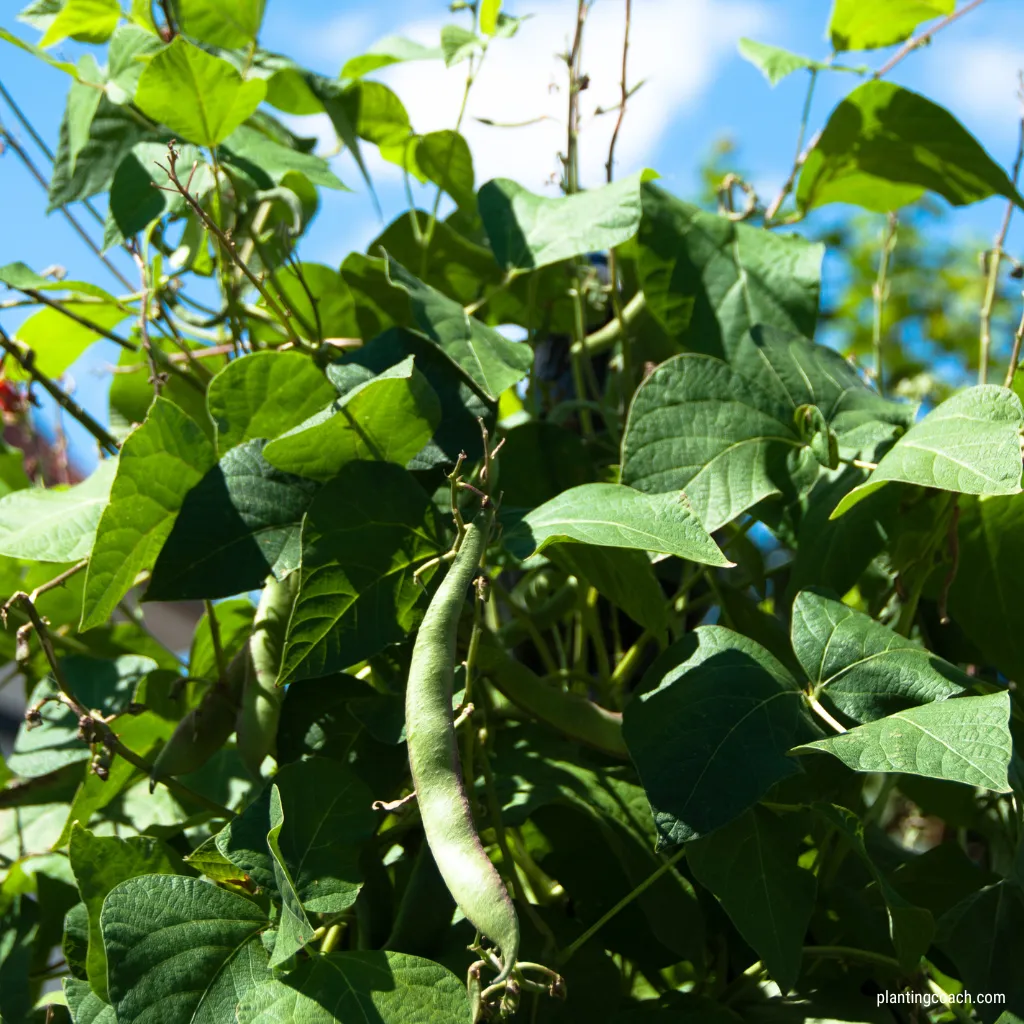
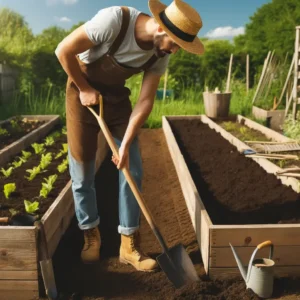
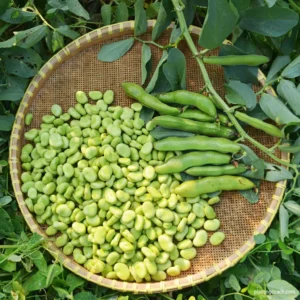
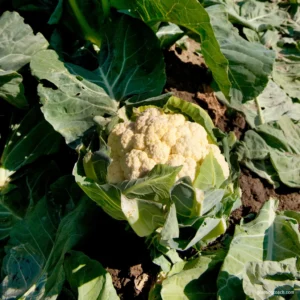
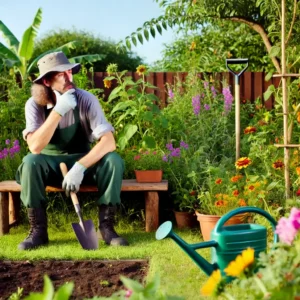

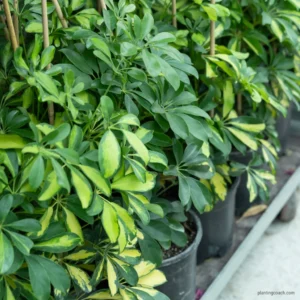
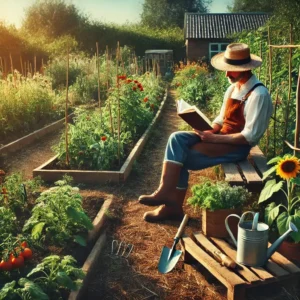
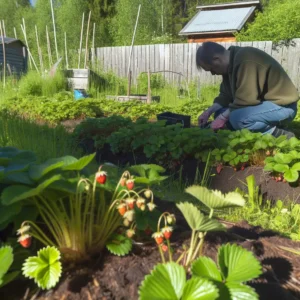
This was very informative. I appreciate the clarity and depth.